Full Automatic Constant Pressure Variable Frequency Water Supply Equipment is a new generation of hi...
See DetailsExploring the Future of Boost Pump Factories
Industry News-Boost pumps play a critical role in a variety of industries, from automotive to aerospace, oil and gas to water treatment.The market for boost pump factories is poised for significant growth, driven by advancements in manufacturing technologies, increased energy efficiency demands, and the need for optimized performance in a range of applications.
Boost pumps, often referred to as fuel pumps or pressure pumps, are designed to increase the pressure of liquids or gases within a system. In automotive applications, for example, they enhance fuel delivery to engines, ensuring optimal performance. In industrial settings, they are used to elevate pressure in fluid systems, ensuring smooth and efficient operations. Given the wide array of uses, the market for boost pumps is highly diversified, encompassing sectors such as transportation, energy, and manufacturing.
From a market perspective, the demand for boost pumps is growing steadily. The rapid development of electric vehicles (EVs) is one factor driving this trend, as these vehicles often require high-performance boost pumps to manage their complex battery and cooling systems. The ongoing push for more energy-efficient technologies and sustainable solutions in industries like oil and gas, water treatment, and HVAC (heating, ventilation, and air conditioning) is further propelling the demand for boost pumps.
One of the key trends in boost pump manufacturing is the shift toward automation and smart technology. Advanced manufacturing processes, such as 3D printing, robotic assembly lines, and computer-aided design (CAD), are making it possible to produce boost pumps that are not only more precise but also more customizable. These technologies enable manufacturers to offer tailored solutions to meet specific client needs, whether that means higher pressure ratings, increased energy efficiency, or improved durability in extreme conditions.
Another important technological development is the integration of IoT (Internet of Things) capabilities into boost pumps. By incorporating sensors and connectivity features, modern boost pumps can now monitor their own performance in real time, alerting operators to potential issues before they lead to failures. This predictive maintenance capability helps companies minimize downtime, reduce repair costs, and extend the lifespan of their equipment. Manufacturers are leveraging advanced materials, such as composites and high-performance alloys, to build pumps that can withstand harsh environments, whether that involves extreme temperatures, corrosive chemicals, or high pressures.
The real-world applications of boost pumps are vast and varied. In the automotive sector, boost pumps are indispensable in modern fuel injection systems, particularly for high-performance vehicles and hybrids. These pumps ensure that fuel is delivered at the correct pressure to optimize engine efficiency, reduce emissions, and enhance overall vehicle performance. In aerospace, boost pumps are used in fuel systems to maintain pressure and ensure the safe and efficient operation of aircraft engines at high altitudes. In the energy sector, particularly within the oil and gas industry, boost pumps are used to elevate pressure in pipelines, ensuring the continuous flow of materials like crude oil and natural gas.
In conclusion, the future of boost pump factories looks bright, with significant opportunities across a wide range of industries.The continued innovation in materials, automation, and smart technologies will drive the market forward, making boost pumps an integral component of a wide array of applications. With such a diverse and expanding market, boost pump factories are positioned to play a key role in shaping the future of industrial and commercial operations around the world.


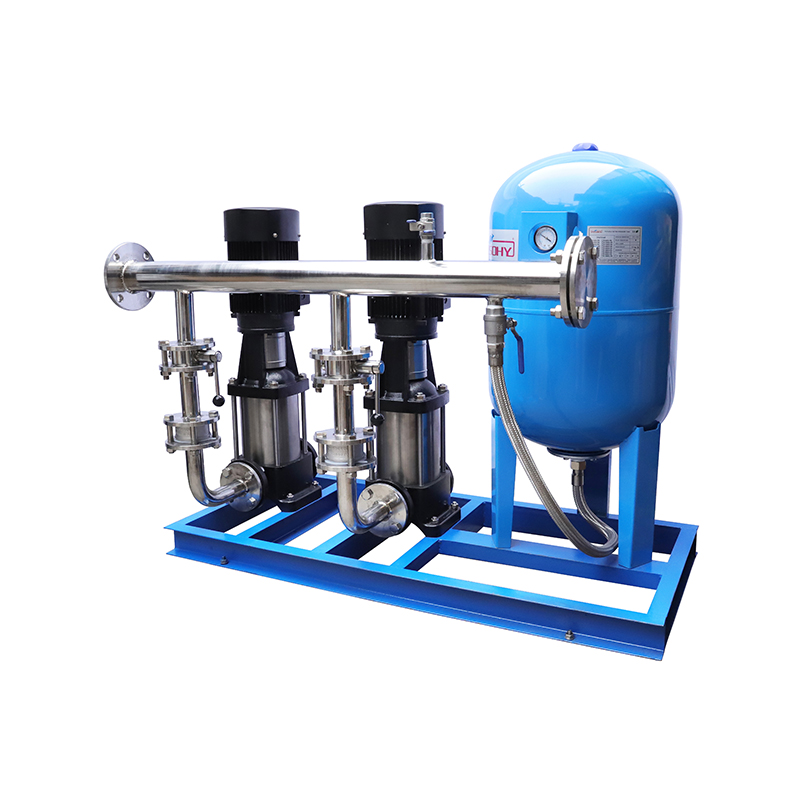
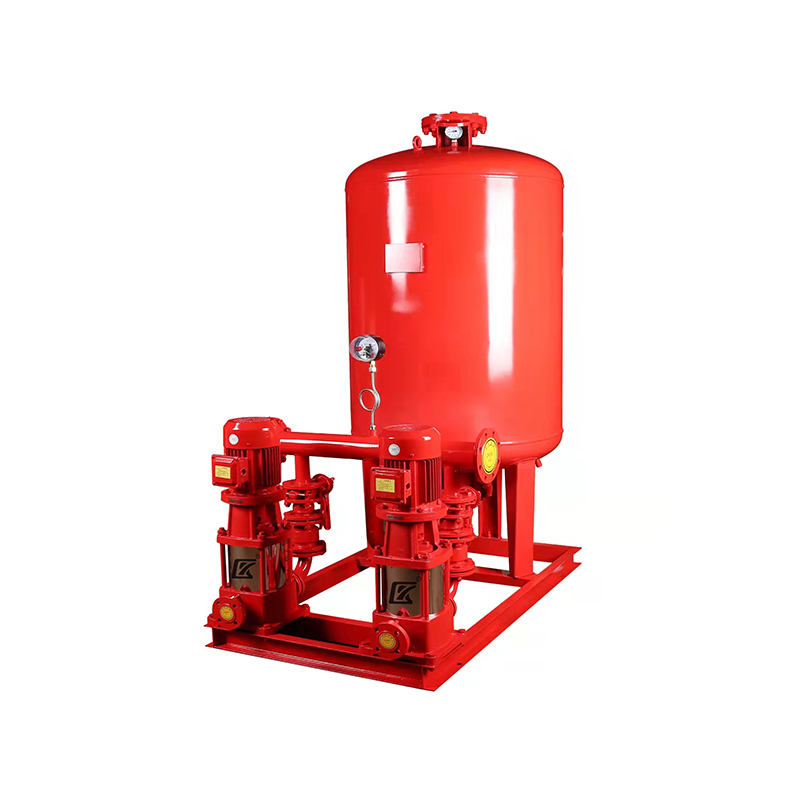
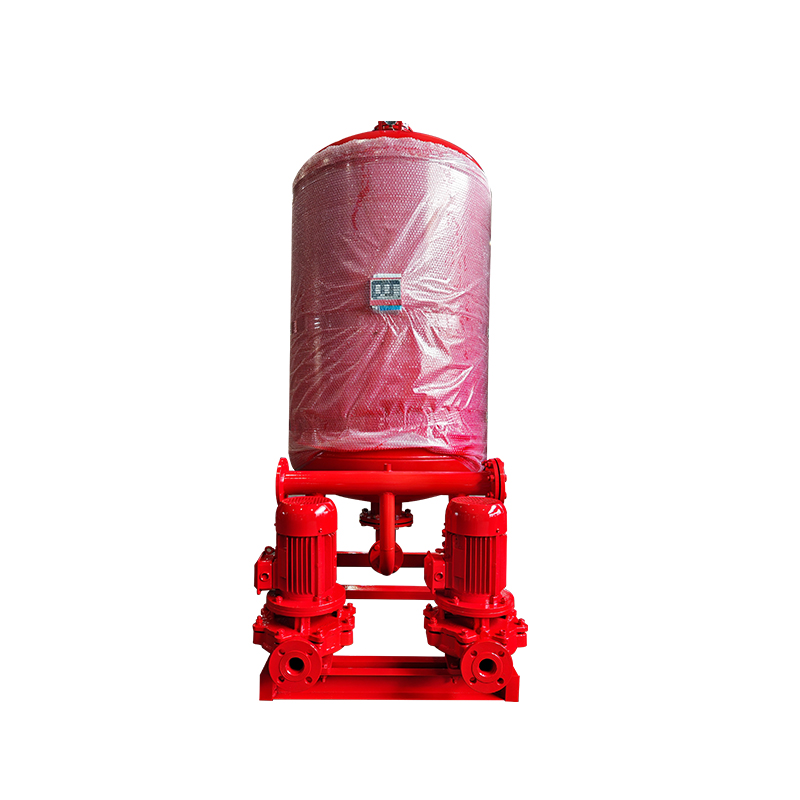

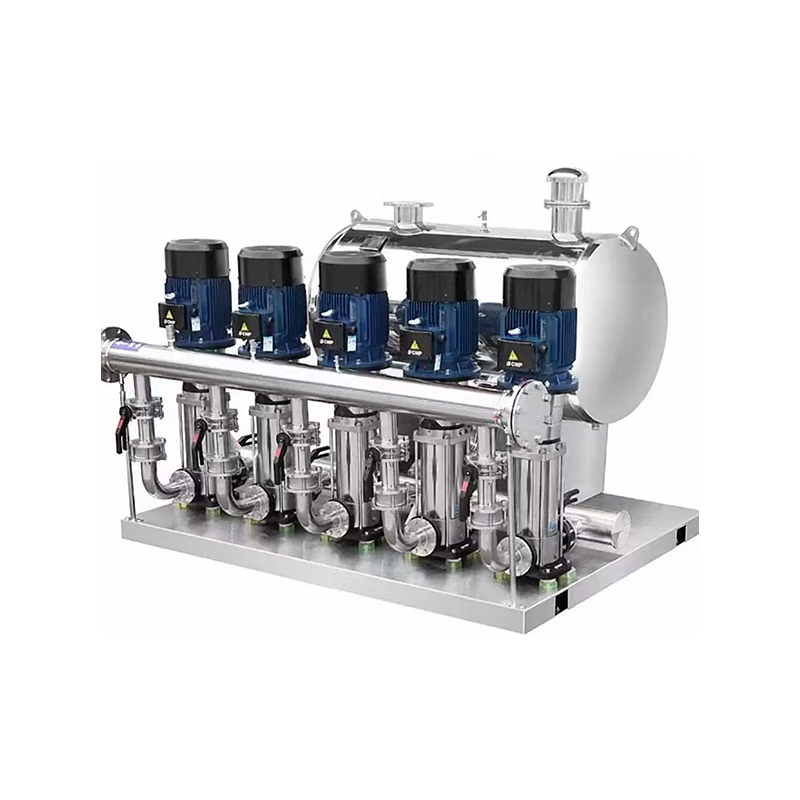
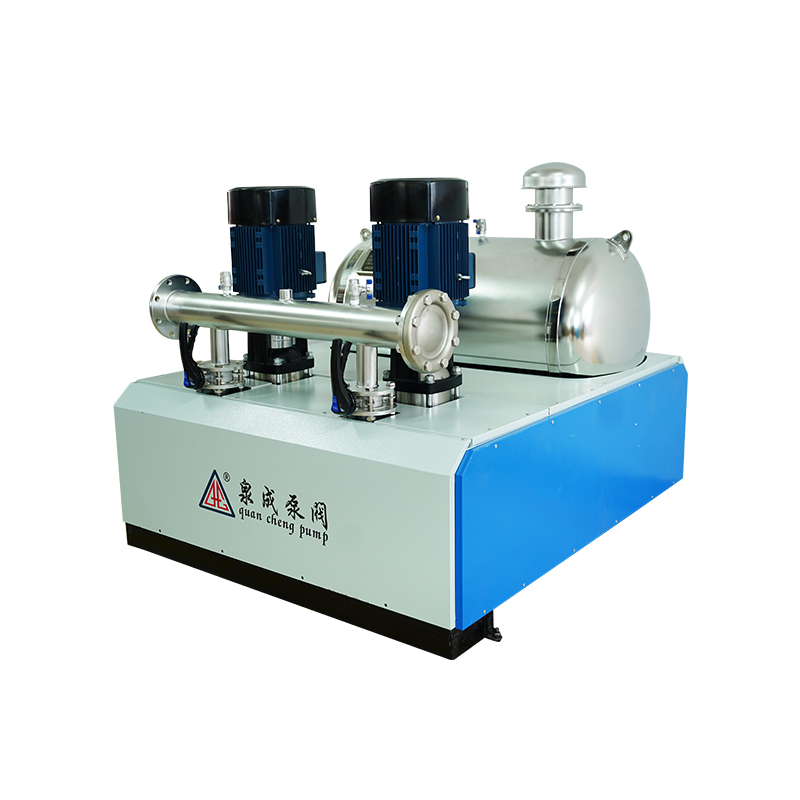
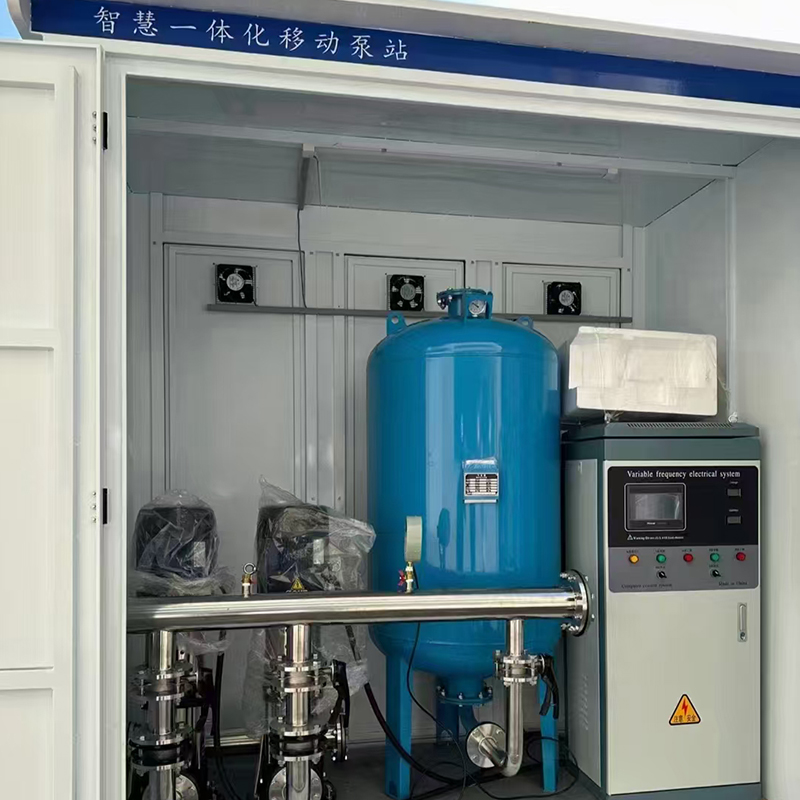
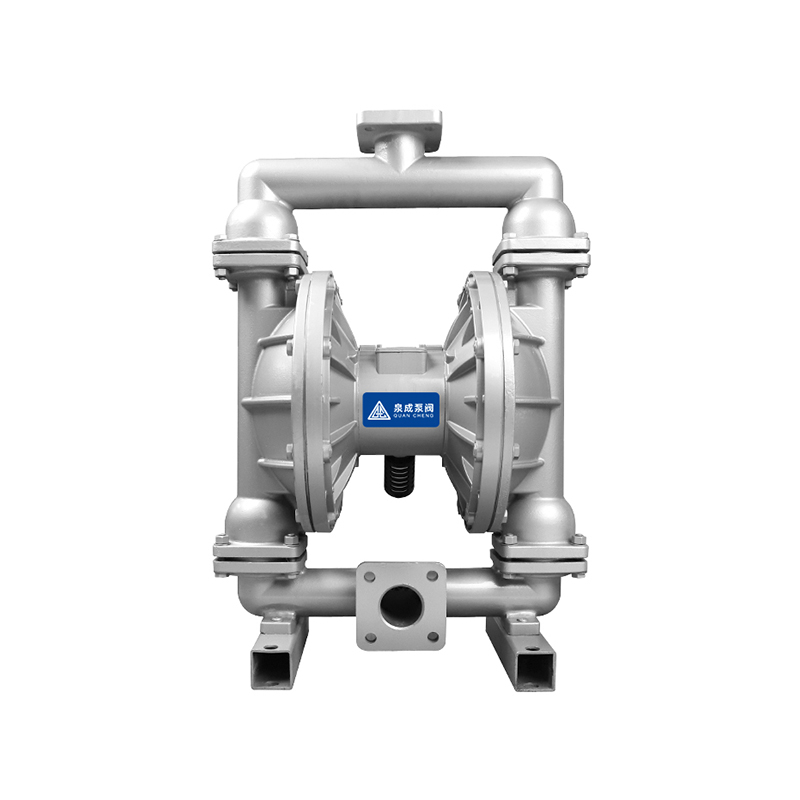
 浙公网安备33032402001888号
浙公网安备33032402001888号
